Getting to the gym can be hard. Maybe there’s isn’t one close to you, or the one close to you is always packed with people curling in the squat rack and grunting like banshees. If this is the case, and you don’t have space or resources to set up a home gym, there is hope for your fitness goals!
You can get yourself a toned physique to bring plenty of heat with these several great bodyweight exercises accompanied by progressions and regressions to match your strength and skill level.
The Best Compound Bodyweight Exercises
Bodyweight exercises can be a great way to really tone up your body and gain a good amount of strength. Here is a comprehensive list of the main compound (multiple muscle recruiting) bodyweight exercises organized by primary movement with regressions and progressions.
We want to focus on compound movements due to their efficiency and effectiveness with the weight of our own body.
1. Push-Up
We’ve all had to do a push up at one point in our life or another, and they are often dismissed as an exercise. The push-up is an effective movement that works out your chest, shoulders, triceps and will also tone up your abs as they will stabilize you throughout the movement. Here’s how to perform a correct push-up:
• Lay stomach down on the floor with your hands on the floor next to your chest and the balls of your feet pressed into the floor.
• Push yourself off the ground by extending your arms using your chest and triceps muscles (the shoulder is a helper) while keeping your back straight.
• Squeeze your chest muscles at the top of the exercise, lower yourself and repeat, making sure to keep your muscles under tension and using a temp of 1 second up, 1 second rest and 2 seconds down.
Progressions for the push-up include doing them on an incline or decline, doing them on one foot (this helps with balance), one-handed pushups and handstand push-ups. Start with the regular push-up and move onto these progressions once you feel comfortable. Start with incline and decline, then one foot, then you can move to one-handed and handstand push-ups. You can regress this exercise by performing it with your knees on the ground, until you build the upper body strength to lift them up.
2. Squat
If you’re familiar with the push-up, you’re probably familiar with squats. Exercising your legs is important for stability and strength for everyday movements, and also because you don’t want a built upper body with chicken legs. That looks weird. Squats work your quadriceps, glutes, hamstrings and use the core and calves for stability. Here’s how to do the squat:
• Stand with your feet shoulder width apart with your toes point straight out in front of you (slightly turned out is fine, but DO NOT turn your feet in – long-term this will tear up your knees and give you back problems).
• Pick out a spot on the wall and don’t look away from it, this will help with form.
• Keeping your back straight, squat down until your knees are bent 90 degrees (you want your hamstrings to be parallel to the floor). You can keep your hands anywhere you want during the exercise as long as your shoulders are squeezed back and your back is straight.
• Once lowered, squeeze your quads, hamstrings and glutes and stand back up. Make sure your knees aren’t falling in or bowing out during the movement.
• Repeat, and remember to keep that core engaged!
Progressions for the squat include jump squats and, the mother of all bodyweight leg movements, the pistol squat. The pistol squat is a one-legged squat, and it takes a bit of practice to get right. This movement will blast your legs once you work up to it. Regressions for the squat include box squats (squatting onto a box or chair, sitting for 1-2 seconds, then standing back up) and putting a stability ball in between your back and the wall to get your legs used to the movement without engaging the core so much.
3. Pull-Up
This is where the minimal equipment mentioned earlier comes in. Basically, you’ll need something to hang from. You can use a deck, playground monkey bars, a ledge or just buy a pull-up bar (they run $20-$40 and use your door frame for support). Here’s how to perform the pull-up:
• Hold onto whichever device you’re using to hang from with either a pronated or supinated grip (palms facing away from you or towards you), and pull yourself up!
• Focus on using your lats and biceps to complete the movement and watch your head! Once up, lower yourself completely and repeat.
• Make sure to maintain constant motion and refrain from any jerking or kipping motions.
Pull-ups are a fantastic exercise whether in or out of a gym and are great back and bicep-builders. Progressions for this exercise include adding weight or performing with one hand. Regressions for the pull-up are performing only the eccentric movement (the negative, or coming down portion of a rep), or having something in place to support your knees to make the rep partial.
4. Single-Leg Deadlift
The deadlift is one of the kings of exercises you can do with a barbell, and the same can be said about the bodyweight version. This is a great strength move for your glutes and hamstrings. Here’s how you can perform the deadlift with the weight of your own body!
• Bend over at your hips so that your back is parallel to the floor and extend one of your legs straight out behind you, hold your arms out for balance as needed. Bend the knee of the other leg slightly for the starting position.
• Lower yourself down with your leg until your knee is bent 90 degrees, keeping your core engaged to keep you stable and also keeping your back straight (looking straight ahead helps with form).
• Pulling with your glutes and hamstrings, stand back up and lock out that leg. Repeat until your reps are completed, then switch and do the same with the other leg.
This exercise is great for your hamstrings and glutes, and will help with overall leg strength and motility. Progressions for this exercise include adding resistance in the form of bands, dumbbells or kettlebells and changing the tempo. The regression for this exercise is performing it on both legs before moving to one.
5. Dips
Dips are one of the best chest and triceps building exercises period. Bodyweight or not. Let’s skip the small talk on this chest and arm blaster and get to work:
• Stand in between whatever you’re using to dip on (dip bars, parallel bars, monkey bars, tall chairs, etc.) and either grab the bars or put your hands down flat on the surface of what you’re using.
• For the chest, lean forward; for triceps, stay upright and slowly lower yourself down, making sure to keep your elbows tucked in and controlling the movement for the whole rep.
• When you’re all the way down, push with your chest and triceps to bring yourself back to the starting position.
This is a simple exercise, but it’s not easy. Feel free to complete partial reps until you can complete one whole rep. Putting something in place below your feet or knees if you’re performing these with your knees tucked can help you accomplish partial reps. As a progression, add weight or change tempo.
6. Lunges
Lunges are great for flexibility, mobility and stability in your legs. These should be a staple for stretching and working out your hamstrings, quadriceps and calves. Here’s how to do lunges:
• Stand with your feet together and your back straight, extend one leg in front of you and lower yourself with your legs until your rear knee touches the ground.
• Once lowered, push yourself off the ground with your front leg and return to the starting position, making sure to control the movement for the whole rep and keeping your back straight. Make sure to squeeze those glutes and hamstrings and keep the core engaged for stability.
That’s it! Lunges are pretty straightforward and, while a few won’t kill you, performed in volume these can really burn out your legs (in a good way) or provide a great stretch during your warm up. Progressions for lunges include jump lunges, or elevating the rear leg, effectively turning it into a split squat. Regressions include having something to hold onto (chair, door handle) to assist you in lowering yourself down.
Frequently Asked Questions
Can you body build without equipment?
The answer is yes, yes you can. Bodyweight exercises can be performed anywhere with a minimum of equipment and can lead to huge gains in functional strength, mobility and get you shredded.
Now, bodyweight training may not be for you if your goal more hypertrophy-centric. With bodyweight training, your resistance is limited to the weight of your body; that means that if you weigh 200, you’re not going to be squatting 350.
What are the best bodyweight exercises?
- Push Ups
- Squats
- Pull Ups
- Single Leg Deadlifts
- Dips
- Lunges
Can you gain muscle mass with bodyweight exercises?
Yes, but it ain’t easy. If you really want to use bodyweight exercises to build muscle mass you’re going to want to go all out. More reps, more intensity, fewer and shorter breaks. Training to failure can suck, but it’s the best way to build muscle mass with bodyweight.
Conclusion
And there you have it, all of the compound bodyweight exercises you need to know. If you can’t perform an exercise with good form, remember to use a regressed version of the exercise until you build the strength to complete it. If the exercise is too easy for you, step it up and do the progressed version!
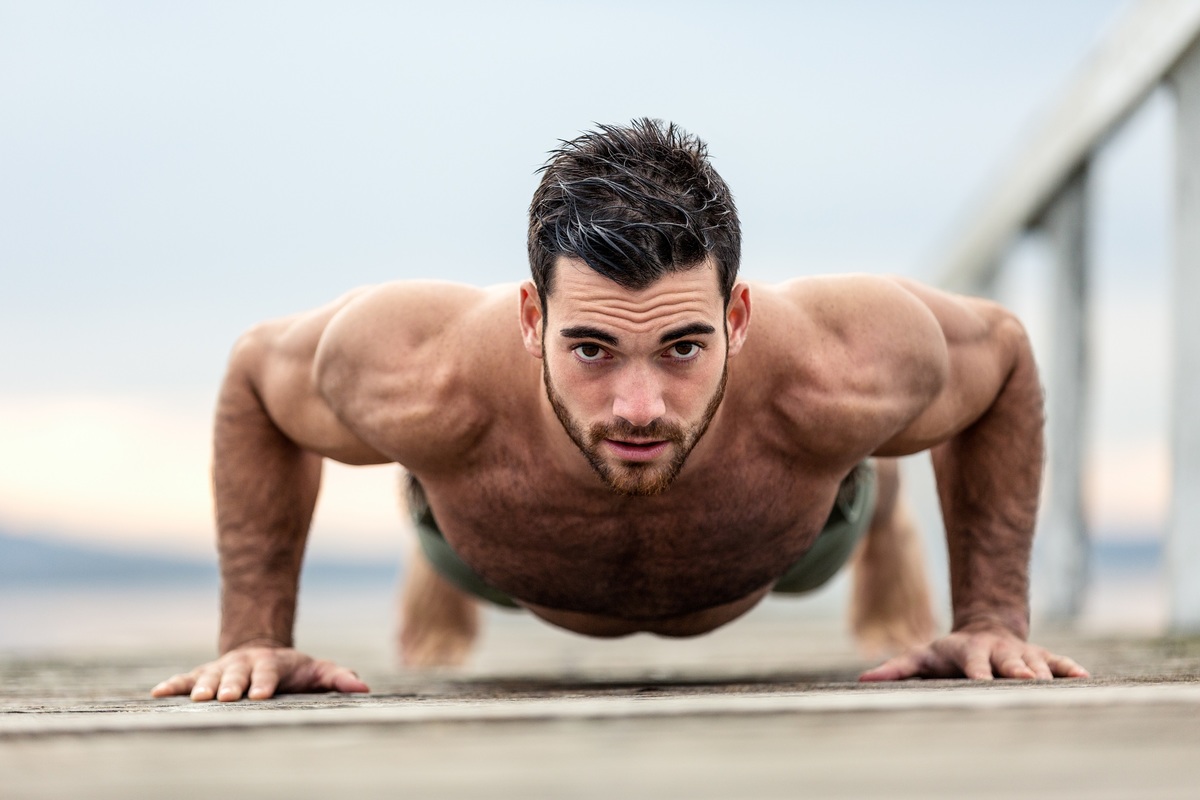

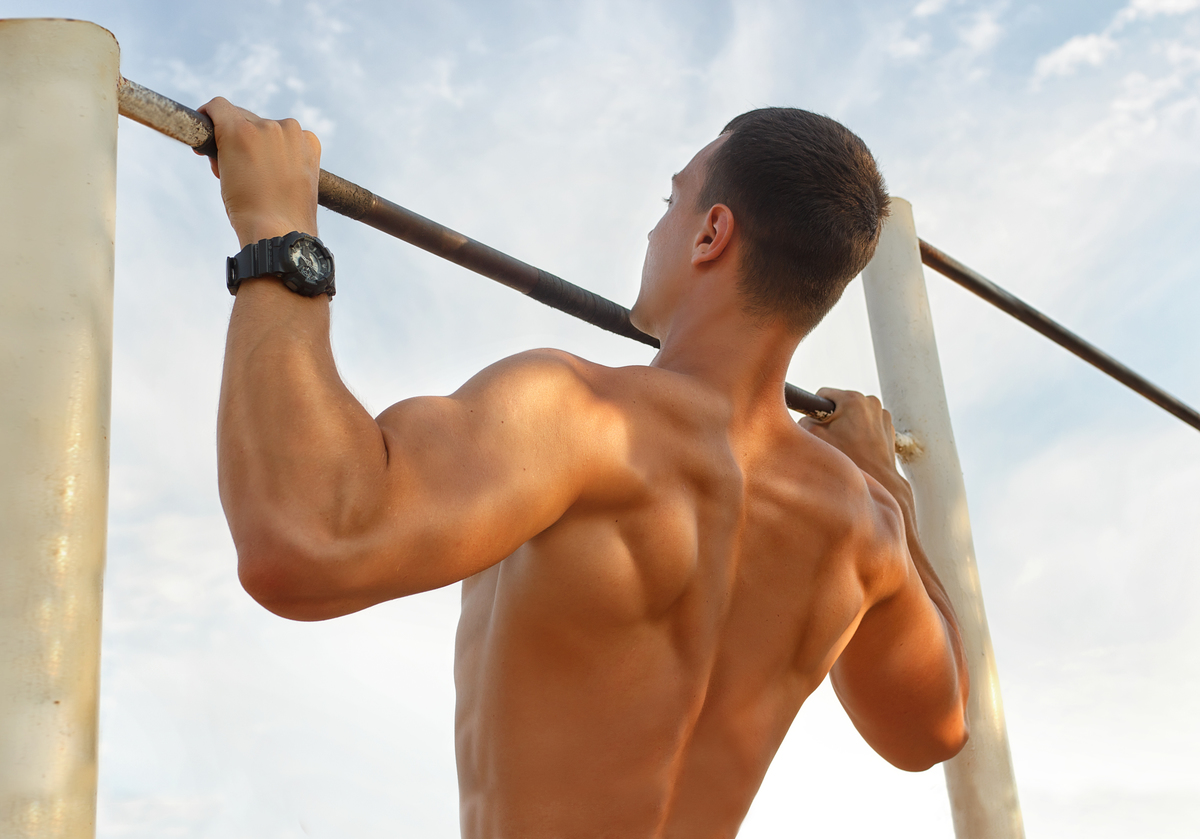
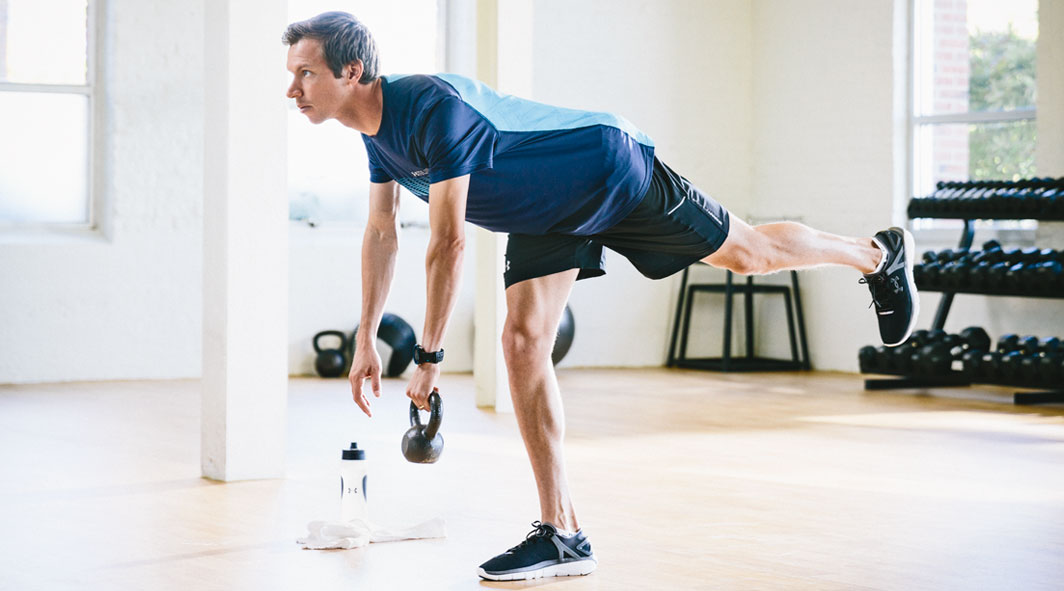
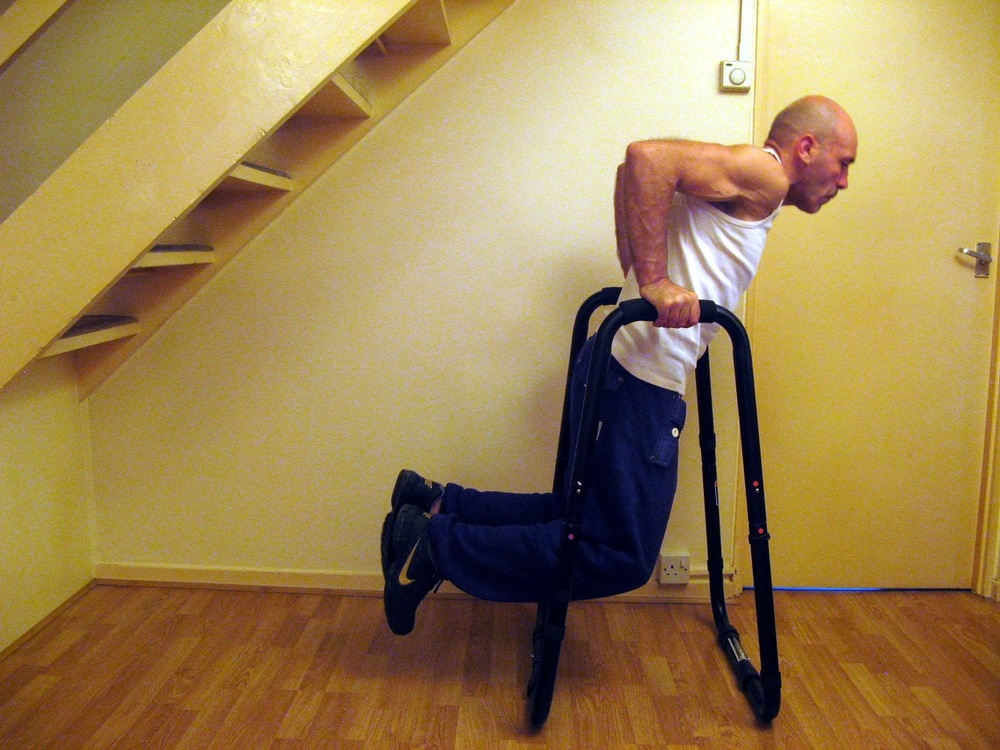
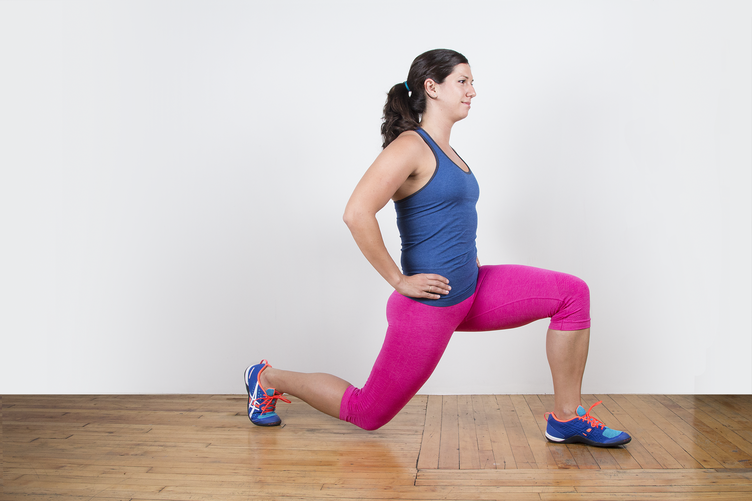
Thanks a lot Cole for such a great article! It helps a lot.I halve always wanted to be in the best of my shape and I hope this will help me to reach my goal.Take care.